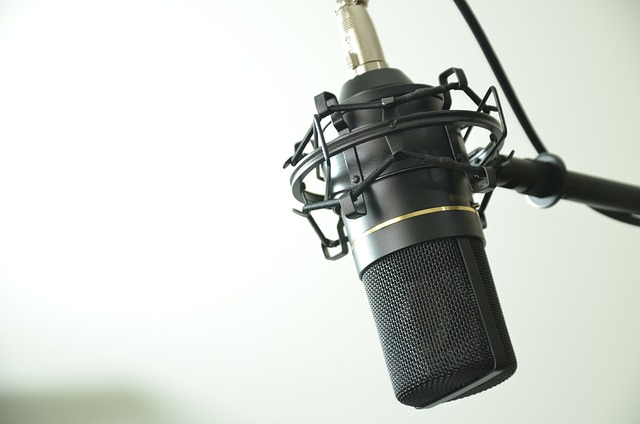Demystifying Music Licensing: Audio Technology Explained
In today’s rapidly evolving digital landscape, music licensing has become a critical aspect of the audio technology realm. For musicians, producers, and content creators, navigating the complexities of music licensing can often feel overwhelming. This blog post aims to unravel the intricacies of music licensing while showcasing how audio technology plays a vital role in shaping this process.
Understanding Music Licensing
At its core, music licensing is the legal permission granted to use a piece of music for various purposes, whether it be for films, advertisements, video games, or streaming platforms. Imagine pouring countless hours of creativity into a song, only to find out that using it in your project could land you in legal trouble. That’s where the magic of licensing comes in—it not only protects the rights of creators but also ensures that users can access the art they love legally.
The Role of Audio Technology
Audio technology serves as a bridge between artistic innovation and legal protection in the realm of music licensing. With advancements in digital tools, music distribution platforms, and licensing databases, both artists and creators can navigate the licensing landscape more efficiently. For instance, consider how platforms like Spotify and Apple Music leverage technology to automate licensing agreements. This technology not only streamlines the process but also empowers musicians to reach wider audiences without compromising their rights.
Types of Music Licenses
Understanding the different types of music licenses is crucial in grasping how audio technology can assist in the licensing process. Here’s a brief overview:
- Synchronization License: Required to use music in sync with visual media, such as films or commercials.
- Master License: Grants permission to use a recording of a song, typically held by record labels.
- Mechanical License: Allows for the reproduction of a song, mostly for physical formats or digital downloads.
- Performance License: Necessary for public performances, ensuring that artists are compensated for their work.
The Interplay of Technology and Licensing
As technology continues to evolve, so does the way music licenses are managed. Digital rights management (DRM) systems enable rights holders to control the distribution of their music, minimizing the risks of unauthorized use. Furthermore, blockchain technology presents exciting possibilities for creating transparent and secure licensing agreements, empowering musicians to retain control over their work in a digital age.
The Emotional Connection
At the end of the day, music is not just a commodity; it’s an emotional experience. Understanding music licensing and how audio technology supports it is essential for both creators and consumers. As artists share their stories through sound, technology provides the framework that allows these stories to resonate with audiences around the world.
Whether you are a budding musician or an aspiring content creator, embracing the world of music licensing and audio technology can lead to new avenues of creativity and expression. So next time you tap your foot to a favorite tune or hear a jingle on the airwaves, take a moment to appreciate the intricate web of legal and technological structures that make it all possible.



